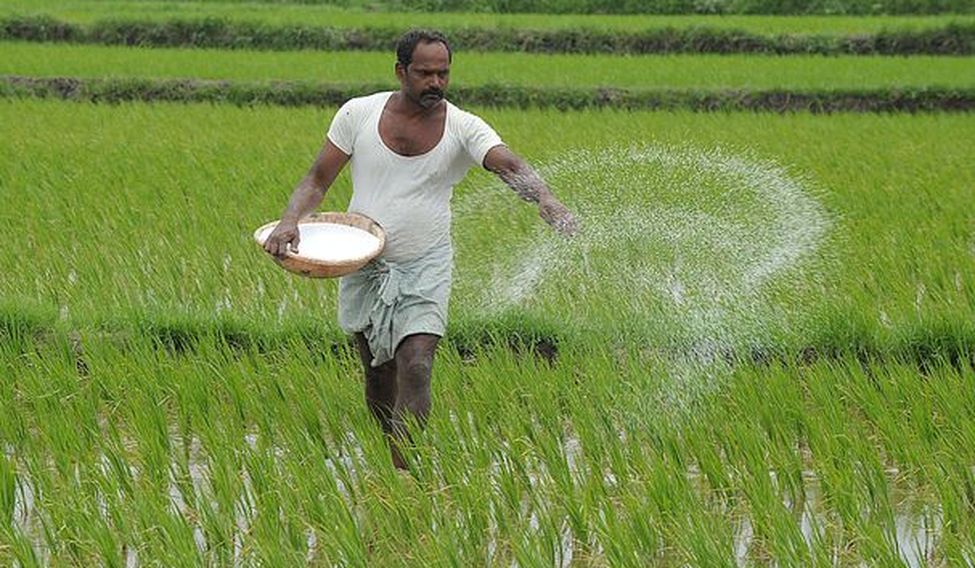India’s new vision, Atma Nirbhartaor being ‘self-reliant’ is not just about meeting national needs but playing a larger role in the growth and development of the world. Despite the COVID19 pandemic and resulting lockdown, agriculture remains relatively less affected. CRISIL reports suggest that agriculture may infact witness a 2.5 percent growth in 2020-21.India’s farmers have shown that agriculture can lead the way.
However, to help our farmers attain Atma Nirbhartaand flourish the agriculture sector, it needs rapid modernization and adopt digitisation to depend less on manual labour. As COVID19 has challenged our archaic ways, it is an opportunity for us to change the way we approach agriculture.

The roadmap for agriculture to become self-reliant should be based on 4 pillars:
– Application of modern science
An extensive experience in agriculture coupled with traditional knowledge and modern application can help increase the production for farmers. For eg studies have shown that crop rotation of corn with hairy vetch as crop cover can help increase crop production by 14.09%[1]. Similarly, environment friendly products and sustainable way of growing crops can be used to reduce water use and nitrogen application for rice[2], in turn reducing the production costs and leaving a positive environment impact as well.
– Research and development
The basis of any expansion and growth is research. For Atma Nirbharta, agriculture needs help and support from the Government to not only expedite ongoing research but also incentivize it for the youth. 50% of Indian population comprises of young adults who are our future and if we even encourage half of them to become agri scientists, we will have a sustained ecosystem for R&D.
– Transferring R&D to practical application
Apart from just research, we must reward the efforts with timely field trials and pilot projects. The real results of seed science will be evident if we allow field trials to gather data. India has often missed opportunities to make an impact, as we get into unscientific debates. Years ago, Bangladesh took an advanced step over India by introducing Bt Brinjal, and today we are repeating it with Golden Rice[3]. As new studies have established that GM Rice is safe for consumption, Bangladesh is already working on an action plan to fight growing malnourishment in the country.
– Training & skill development of farmers through civil society and CSR for speedy implementation
Knowledge sharing, transfer of best practices of new technologies, cultivation methods and techniques should be given to farmers so that they can be equipped to adapt and implement them as per the demand and climatic conditions. Their constant upskilling, training and development should be expedited through Public private partnerships under CSR mandates. Collaboration with NGOs, startups and self-help groups is paramount to reach through right linkages to attain the above goals.
Sensitisation of stakeholders to understand the current challenges at hand and adoption of solutions at the right time will help in bridging the gap and bringing a real change onground. India can realise its full potential of becoming a self-reliant agrarian country when each stakeholder makes a commitment to do their part in hand holding and equipping each and every farmer with knowledge, finances, technologies, techniques, business models and best practices.
***
[1]https://phys.org/news/2020-06-tillage-cropping-effects-grain-production.html
[2]http://agrospectrumindia.com/news/104/772/indigo-ag-and-anheuser-busch-announces-the-results-of-sustainable-rice-farming-.html
[3]https://theprint.in/science/now-bangladesh-set-to-steal-march-over-india-with-gm-rice-that-fights-malnutrition/359491/

